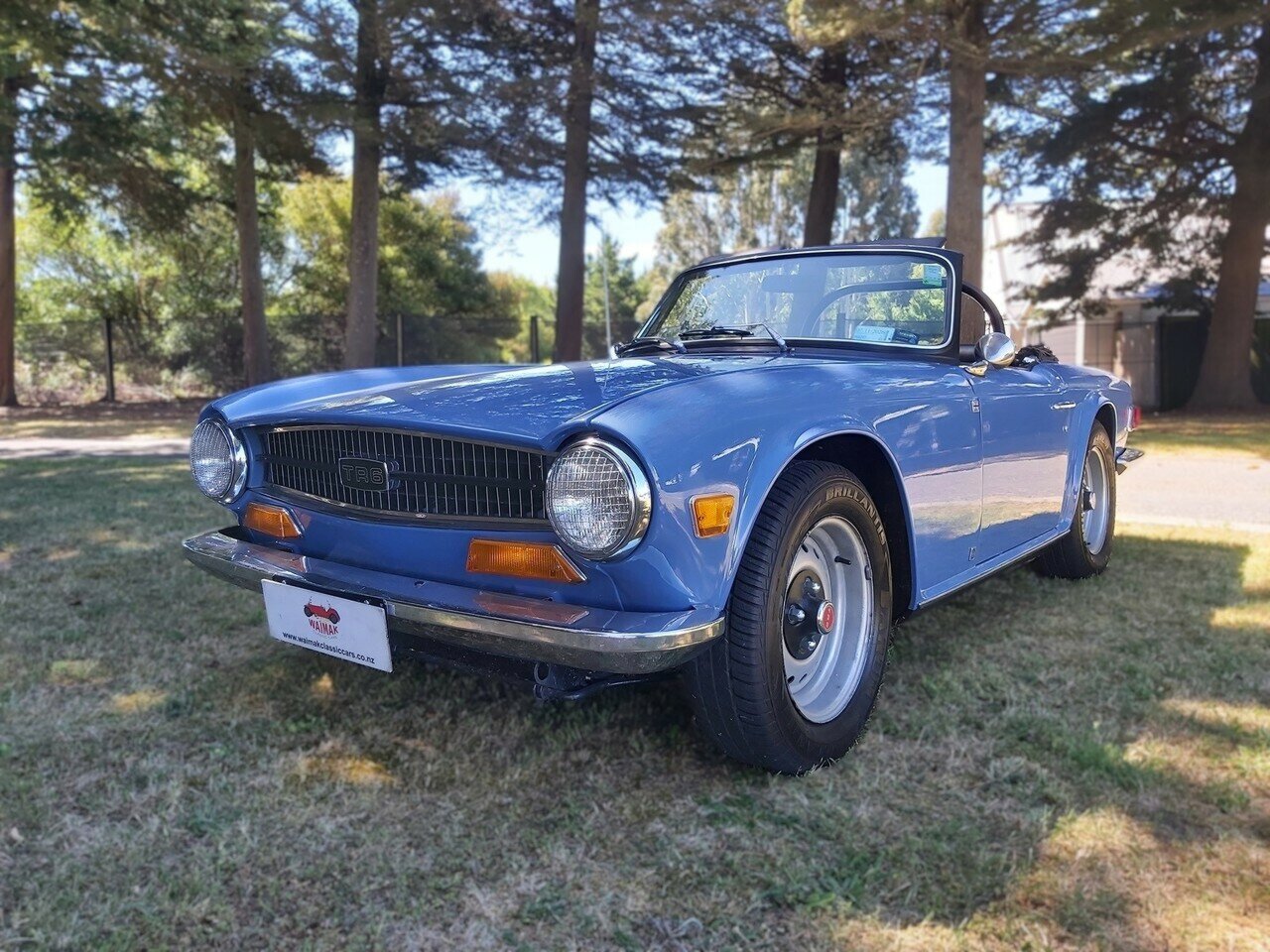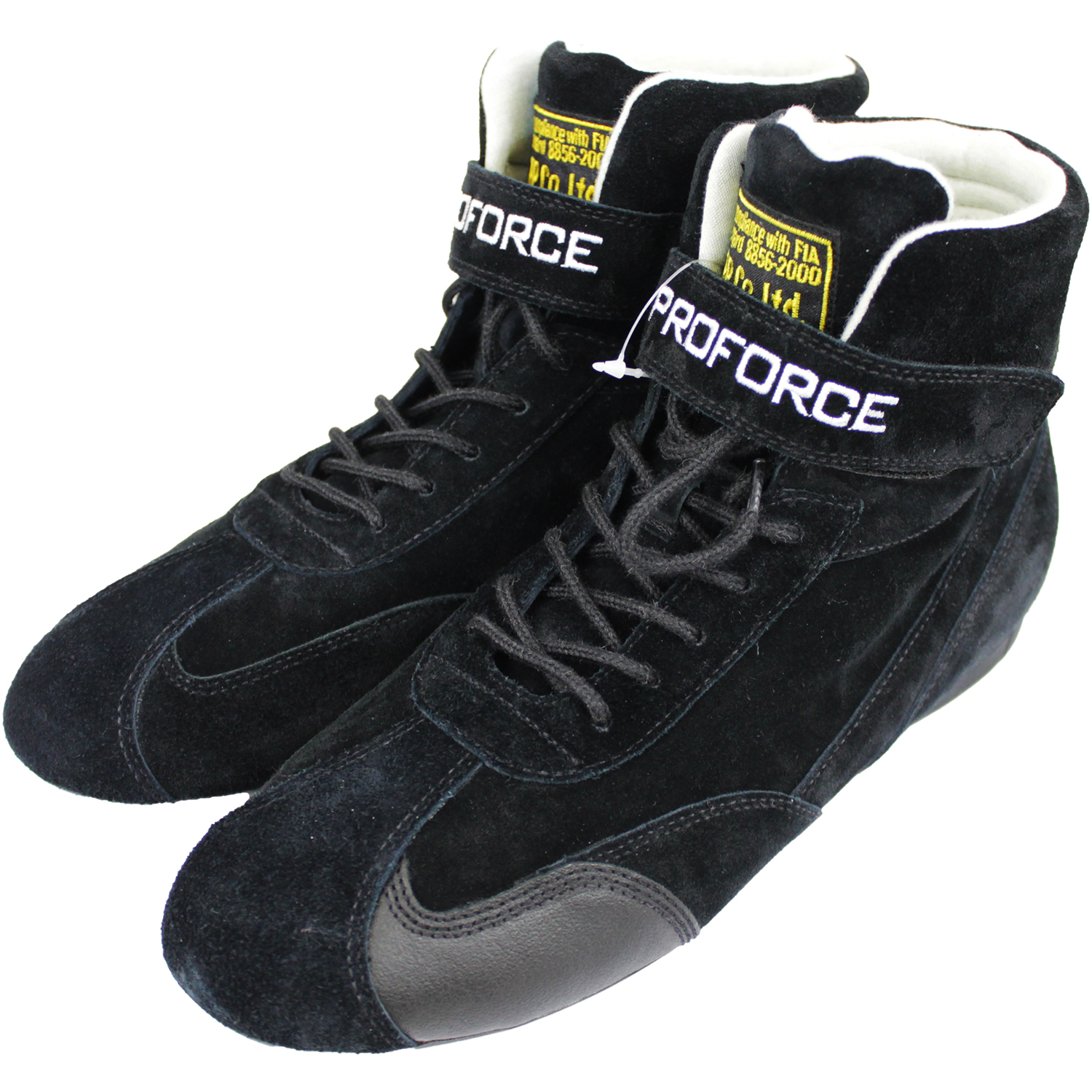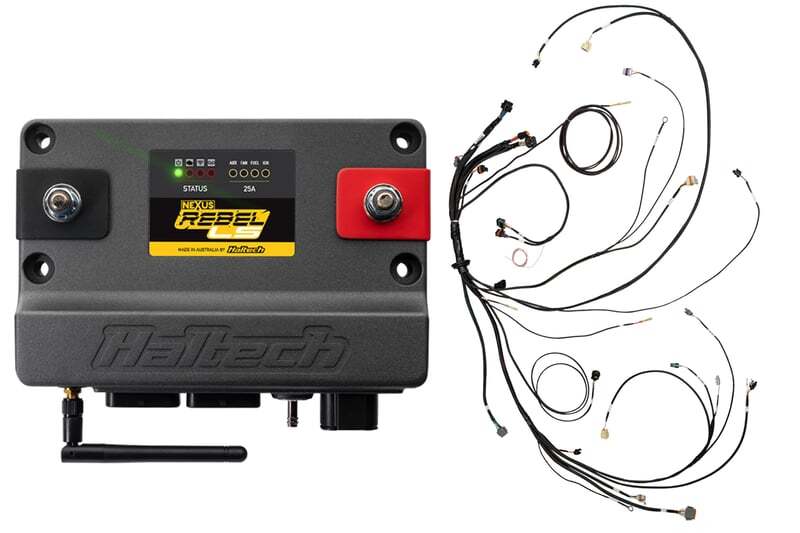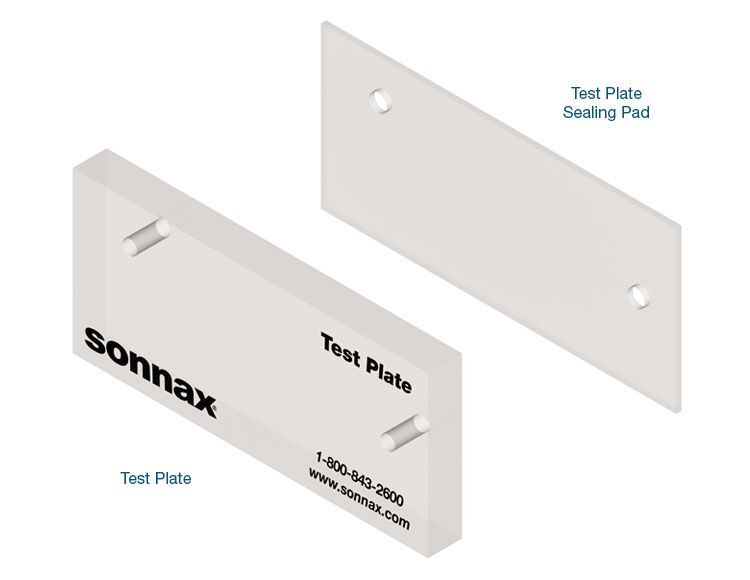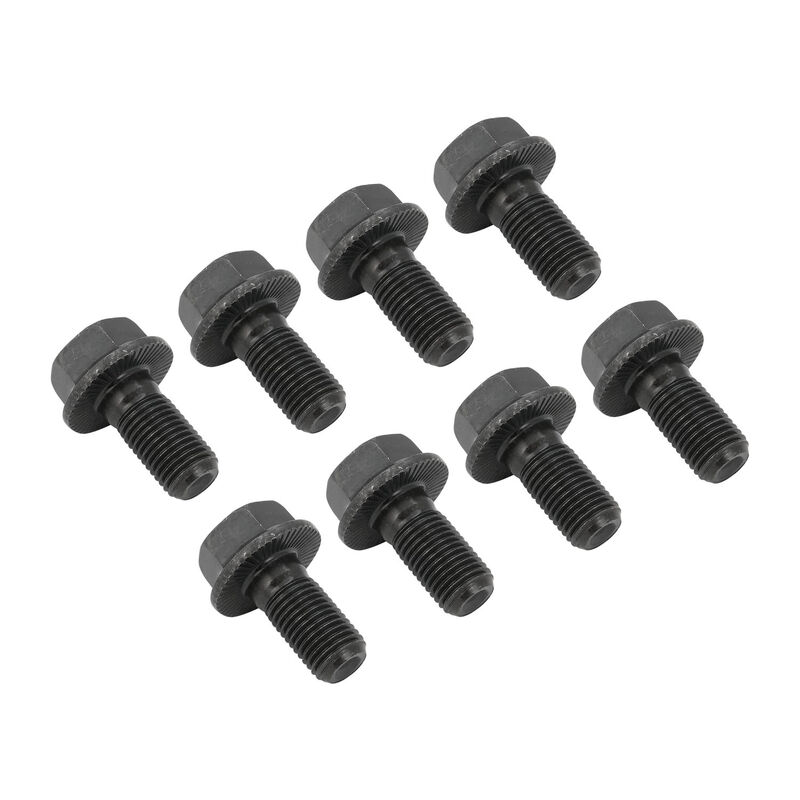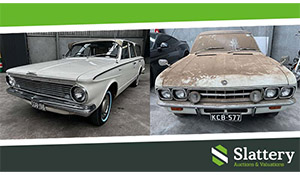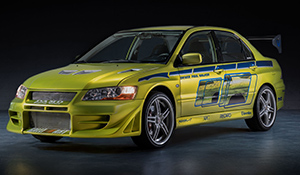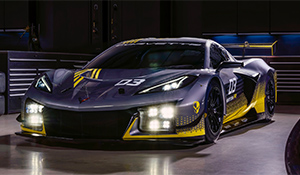FEATURE – 1974 Holden HJ Statesman coupe
Words: Mike Ryan
Photos: Muscle Car Warehouse
Being a company senior executive has its perks, not least is of which is usually an expansive office, a fat paycheck and plenty of subsidised lunches! If you’re senior exec at an automotive company, it means you can usually get whatever car you want, too, even if it’s one that officially doesn’t exist.

One-off cars specially built for car company CEOs and other senior auto industry personnel are sometimes perceived as unicorns, but they do exist and occasionally surface for sale and at auction. Recent examples include a Fiat 130 station wagon built for Gianni Agnelli and a custom-trimmed Mustang convertible for Henry Ford II to use in France when he attended the 24 Hours of Le Mans in 1966.

Former General Motors design chief, Harley Earl, used the famous Buick ‘Y-Job’ styling study as his personal car for years and received a one-off Corvette convertible in 1963, while his successor Bill Mitchell commissioned a similarly unique Corvette coupe a year later.
In Australia, perhaps the most famous one-off built on a corporate whim was the “Bill Bourke Special” XW Falcon GT that previewed what was to come with the GT-HO.

Other cars for the white-collar set at Ford, Holden and Chrysler locally were heavily-optioned or finished in colours and interior trims unavailable to Joe Public.
Sometimes, those corporate desires for something special went beyond loading up the factory options or commissioning a special colour, as evidenced by the car featured, which was one of three specially built for former GM-H Managing Director, Max Wilson.

World Traveller
One of a succession of American executives to run “Australia’s Own,” Max Wilson was born in Nebraska in 1922 and had been studying Mechanical Engineering at university when World War II intervened, which led him to serve in the USAAF as a B-17 bomber pilot.
Only a few weeks after his 22nd birthday, Wilson’s plane was shot down and he crash landed in Switzerland, spending six months in a Swiss internment camp before escaping with a fellow flier and eventually making his way back to his squadron.

After the war, Wilson completed his studies and joined General Motors as a Service Engineer in 1946. Clearly not averse to travelling, Wilson served in senior roles with GM Overseas and GM International, including time in Denmark and South Africa, before coming to Australia in late 1965.
Initially serving under David Heglund as Assistant Managing Director of GM-H, Wilson acceded to the top job at Holden in March, 1966, just a month before the release of the HR Series and with development of the all-new HK Holden range already underway.

Wilson would be something of a champion for the upcoming HK Series and was keen to see the range expand, so pushed for the addition of the Monaro and Brougham, and also oversaw the release of the new, Vauxhall Viva-based HB Torana.
For better or worse, Wilson also set up an extensive options system for new Holdens, referred to as ‘American Options Availability’ by John Wright in his book, Heart of the Lion.

This system had proven popular and profitable in the US, allowing customers to pick and choose from a vast array of options when ordering their cars. While it worked well Stateside, the same system wasn’t as successful in Australia’s much smaller market, leading to delivery delays and customer frustration.
Regardless, Wilson’s time as MD of GM-H was considered successful by the time he left in October, 1968, handing the reins to Alexander Rhea and taking on the role of Regional Group Executive of GM Overseas Operations, then the General Director role two years later.

Max’s Specials
Although Wilson’s new role had taken him out of GM-H, it didn’t remove him from Australia. Being responsible for the Asia-Pacific region, Wilson still spent a lot of time here throughout the 1970s, as evidenced by the succession of Holdens he drove here, most of which were Monaros but all of which were unique in some way.
One of the earliest of these was a new 1971 HQ Monaro LS that he ordered with air con, power steering, special order textured seat trims and a 400ci Oldsmobile V8 engine that wasn’t available for any Holden.

About a year later, that engine would be transplanted into a new HQ Monaro coupe, then transplanted again in 1973, this time into an HQ Monaro GTS coupe. Additionally, this Monaro was finished in Contessa Gold paint – a colour that wouldn’t be available until the HJ Series 18 months later – and trimmed in special Chestnut vinyl and cloth. It was also loaded with options.
As intriguing and individual as all these cars were, they can’t have been individual enough for Wilson, as his next request upped the ante even further…

A Step Further
The idea of a premium, luxury two-door car wasn’t new in Australia by the mid-1970s. It was a style that had been popular in the US, and thanks to the American head honchos at our major car companies at the time, it was a style they thought would be a good fit for the Aussie market, too.

As such, Holden released the Monaro LS in 1971 and Chrysler debuted the Chrysler by Chrysler hardtop in the same year, while Ford followed with the Landau two years later. You could arguably add the Charger 770 and Fairmont hardtop into the prestige two-door group, too.
So, given all that, how about a Statesman two-door hardtop?

It’s an idea that no doubt circulated through GM-H’s design studio in the 1960s and early ’70s, but it’s unlikely it was ever seriously considered. Holden were having a hard enough time selling their existing two-door range, which is why the Monaro was offered as a four-door from April, 1973, and the two-doors would be phased out entirely by August of 1976.
Given Max Wilson’s succession of special-order Monaros with all the trimmings, it should come as no surprise that he was the one to make the idea of a Statesman coupe a reality – at least for himself – and the car featured is the first example of the idea coming to fruition.

Two-door Statesman
The details surrounding this car’s conception are unclear, but it’s believed that Wilson came to GM-H Director of Design, Leo Pruneau, in late 1974 requesting something extra special to drive during his latest stint in Australia.
The HJ Series had just been released that October, so a new, 10/74-build Monaro LS coupe was preselected on the line at Elizabeth, painted in ‘Sienna’ metallic red/brown – a colour that wouldn’t be available until 1976 - then fitted with a standard 308 V8, TH400 automatic, power steering, power front disc brakes and air conditioning before it was sent to Fishermans Bend with a swag of HJ Statesman Caprice panels and parts. There, a team led by Pruneau transformed the LS into a Statesman coupe.

The obvious changes are the Statesman front guards, bonnet, grille and headlights. The HJ Statesman bootlid is less obvious, but it can be picked against a regular HJ Monaro boot by the squared-off ‘crown’ that flows from the leading edge.
The rest of the sheetmetal was standard Monaro LS, with a padded vinyl top in the same Sienna colour added to complement the metallic paint and incorporating a slide-back sunroof.

Statesman Caprice wheelcovers, gold pinstriping (modified to fit the Monaro shape) and Caprice badges all round completed the exterior transformation.
Inside, matching Sienna trim in leather, vinyl and velour was applied to the Monaro seats, doorcards and armrests. The carpets were Statesman Caprice and also finished in that rich, terracotta-like colour. Same goes for the headlining and centre console trim.

While the dash was Monaro, it was topped in leather and all the instrumentation was taken directly from the Caprice, which should be noted was an all-new Statesman variant that had debuted with the HJ Series in ’74. The wood grain dash inserts, steering wheel and other details were all Statesman Caprice, too.

How long it took Pruneau’s team at Holden’s design department to complete the Statesman coupe is unclear, but it was presumably at the end of 1974 or very early ’75, as the one-off creation was displayed by Holden at the 1975 Melbourne International Motor Show, which was usually held in early March. Pruneau recalls this car may have also been displayed at that year’s Sydney International Motor Show, by which time Wilson had requested a new coupe in the same style.

Long Term Owner
After its brief time (believed to be less than a year) with Max Wilson in GM-H’s corporate fleet, this HJ Statesman Caprice coupe was made available to the Holden dealer network and ended up at Suttons Motors in Homebush, NSW.
A well-known NSW dealer that still exists today, Suttons was one of the earliest Holden franchise holders and remained a stalwart of the brand for decades, with multiple dealerships across Sydney and beyond.

In March, 1976, Suttons sold this coupe to its first private owner, located in nearby Strathfield, and it’s been with the same family ever since.
Wilson’s minimal use was reflected in only around 500km being on the odometer at time of sale back in ’76, and there’s just over 20,200km now on the car as it sits for sale with Muscle Car Warehouse in NSW (see below).

Registered annually until 1994, this custom creation remains in remarkable condition inside and out, reflecting care and maintenance by its long term owner. For a car that’s 46 years old, the paint is remarkably good, with a respray only on the bonnet and front guards. Same goes for the interior, with none of the usual wear and tear you’d expect, even on the driver’s seat and common touch points.
There are some minor blemishes inside and out, while the engine bay and undercarriage are more reflective of this car’s age. But everything’s there and everything works, which can’t be said of many other unrestored cars of this vintage.

One Very Special Holden
The value of a car like this lies not only in its individuality and condition, but also its rarity. As mentioned, after completing this car, Pruneau oversaw the build of another Statesman coupe for Wilson in 1975, then a third in 1976. The second car is believed to be located in Victoria, but the whereabouts of the third are unknown.
So, as a one-of-three car, built by Holden and fitted with all the bells and whistles a senior exec would demand, this car is not only a rarity and an important piece of Holden history, it’s also an interesting “what if?” showing where GM-H could have taken the Monaro in the 1970s.

FOR SALE
Advertised for only the second time in almost 50 years, this Statesman coupe is one of the rarest factory-built Holdens you’re likely to come across.
Inside and out, the car is in remarkably good condition, with no obvious rust in the body or interior damage, but wear and tear is evident in the engine bay and underneath.
The 5.0-litre V8 and three-speed auto still work well, with items like the radio and air conditioning all said to be in working order, too.
A true time capsule and an exploration of how Holden could have expanded the Monaro range in a more upmarket direction, an ultra-rare car like this is unlikely to come on the market again soon.
Listed for sale with Muscle Car Warehouse in Kogarah, NSW, expressions of interest are now open, so call Muscle Car Warehouse on 02 9553 8965 for details.
See more at musclecarwarehouse.com.au.



